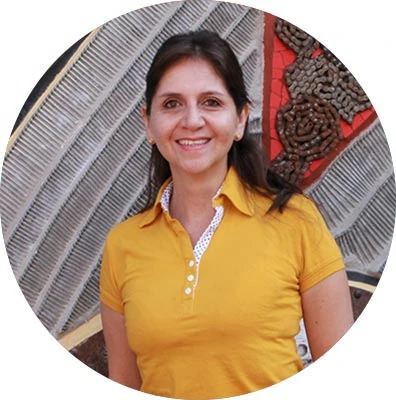
One of the archaeological sites near the city of Quito, capital of Ecuador, are the Pyramids of Cochasqui, which are located at 3100 meters above sea level. From the historic center, you have an 1 hour and 30 minute drive along a first class road. From the archaeological complex there is 240 degrees visibility, which allows you to observe many snow-capped peaks and mountains of the Andes Mountains of Ecuador.
The “Cochasquí Archaeological Research Park” is one of the most important evidences of the pre-Inca civilization in the province of Pichincha and their settlement pattern is different from those known in Mezo America and the Andes.
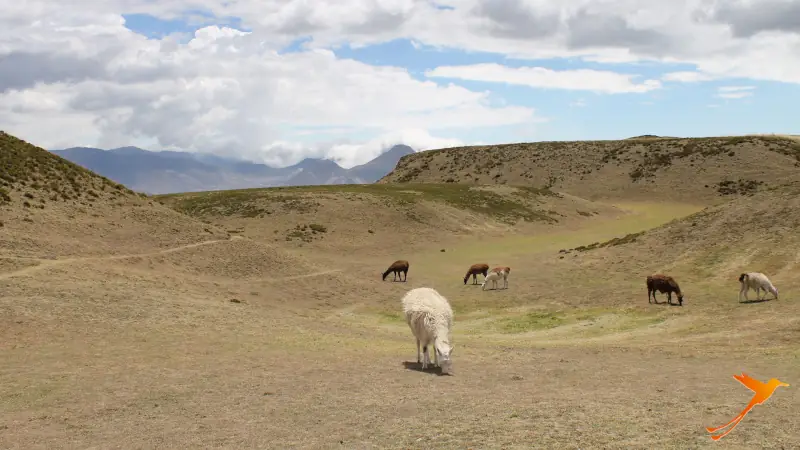
Cochasquí has 15 pyramids, 21 burial mounds, four on-site museums, 83.9 hectares of preserved archaeological area and it treasures a series of historical, archaeological, anthropological, ethnographic and architectural studies, which represent the faithful evidence of the Quitu-Cara culture.
The Quitu-Cara culture inhabited a large northern region from the coast to the Amazon, had a very well developed social organization and a lot of technological and scientific knowledge.
According to research, the Quitu-Cara culture dates back to the prehistoric integration period from 500 to 1,500 years before Christ. Cochasquí I from 950 – 1,250 and Cochasquí II from 1,250 – 1,550 A.D.
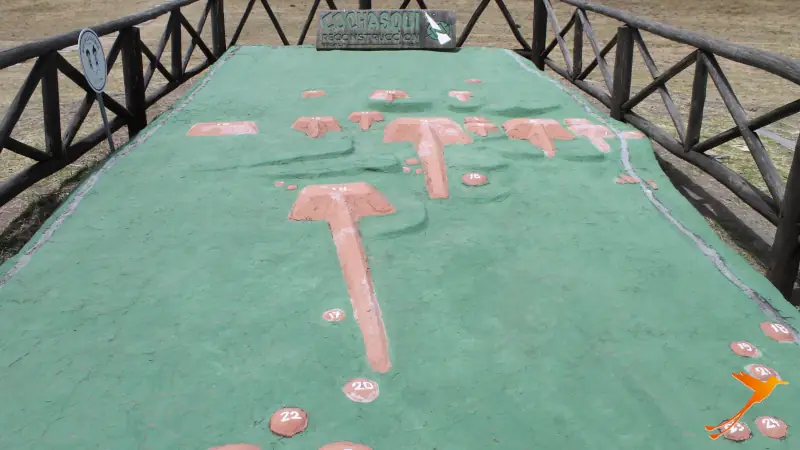
In 1933, the German archaeologist Max Uhle concluded that the pyramids were ceremonial-ritual sites, since one of them contained 556 skulls.
In 1964, German scientists from the University of Bonn, conducted studies and excavations in the pyramids and burial mounds. The results confirmed that Cochasquí was a housing site and a place of rituals and ceremonies, because on top of the pyramids circular rooms (bohíos) were built for the rulers with clay platforms, known as floors of the houses.
Valentin Yurevitch, a Russian astronomer, carried out archaeo-astronomical studies in 1986 and under the title “Possible astronomical significance”, he stated that Cochasqui was an ideal site to observe the stars and constellations that influence the Earth.
Currently the park has an archaeological museum with a display of ceramic, lithic and obsidian pieces, in a building made of cangahua, reeds, moor straw, wood and others. It also has two ethnographic museums, an ethno-botanical garden and an educational museum.
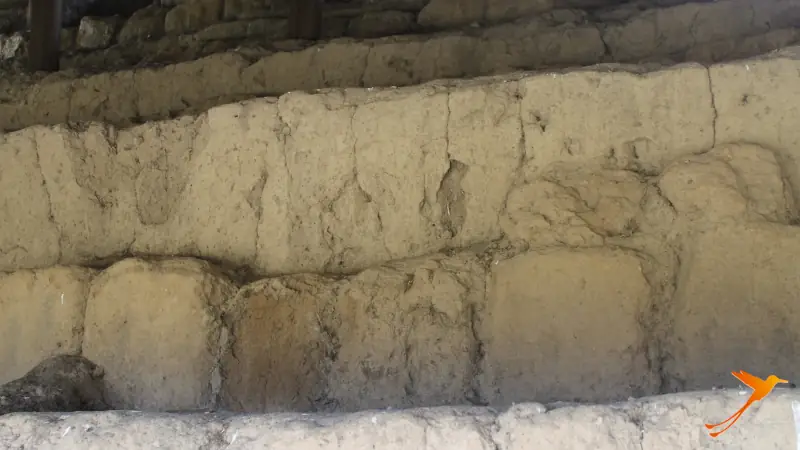
According to the Tsafiqui language, used by the Tsáchila ethnic group, Cochasquí means “water from the front of the middle” and can be visited all year round. The most important date is in March when the Mushuk Nina or Andean New Year is celebrated, which marks the beginning of harvest time.
The Cochasquí Archaeological Park can be visited every day of the year without interruption from 08:30 to 16:00. Visitors are provided with specialized bilingual guides. The entrance fee for foreigners is USD 3, for nationals USD 1, for students USD 0,50 and for children and senior citizens USD 0,20. It also has an area for camping, which requires a reservation to do so.
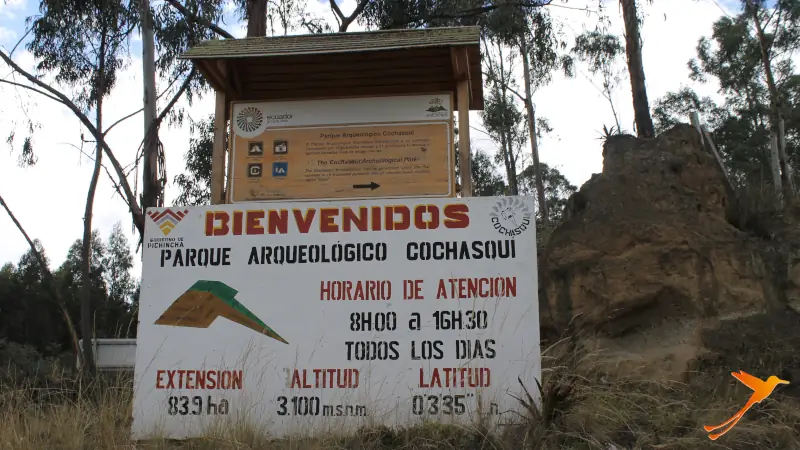
Very close to the Cochasquí Archaeological Park you can practice trekking at the Mojanda Lagoon, watch birds and visit the beautiful roses cultivated in the flower gardens for tourists.
In addition, you can enjoy typical dishes such as: corn with cheese and beans, quinoa colada, mashua, sweet sambo, corn tortillas and drinks like chahuarmisque and guarango, as well as delicious chocolate biscuits and the sweet blackberry called arrope, in Cayambe.







